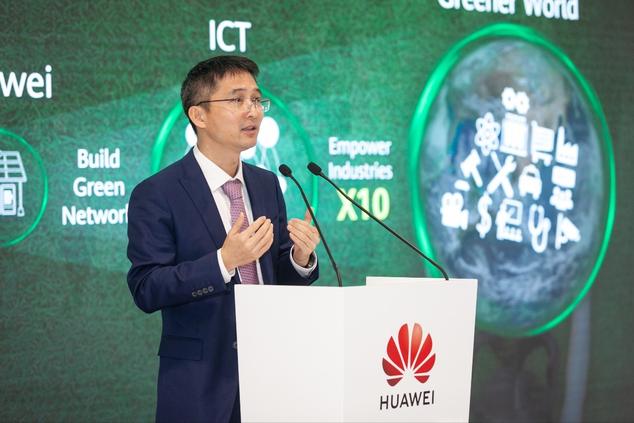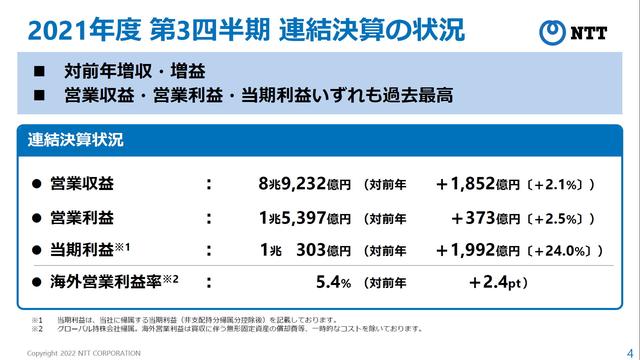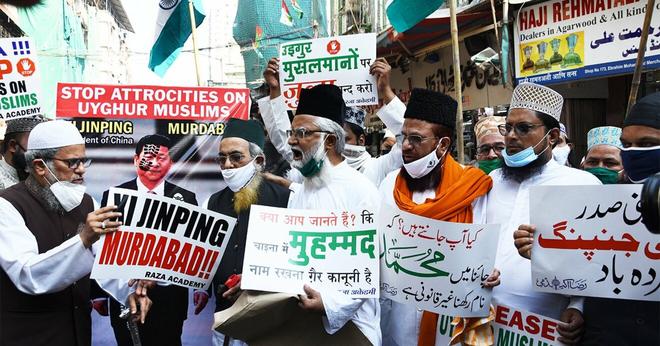Huawei, "Green 5g White Paper" introduces eight technical trends
E2 is an energy efficiency evaluation system. White paper has been specified in the definition of the industry on energy efficiency, and for the first time, the philosophy of communication network energy efficiency has been evolved into a practical energy efficiency evaluation system. Depending on the purpose and scenario of the actual communication network, the energy efficiency, which has been evaluated only by data traffic, has been expanded to the energy efficiency evaluation system of multiple elements such as capacity, coverage, and experience. This accurately reflects changes in the energy efficiency of the communication network and supports the evolution of 5G networks into green energy saving. White paper describes the main features of green 5G networks from the four aspects of "high -summarization of devices, simplification of sites, intelligent network, environmentally friendly life cycle". In addition, we first launched eight green 5G network technology trends along these four sides. Trend 1: RF multi -antenna enhances energy efficiency and energy transmission efficiency of the device. The evolution of the RF into a large -scale antenna array can be concentrated on the beam of wireless radio waves. Improve energy transmission efficiency. In addition, the active part of the RF uses multi -channel technology to increase the device capacity and greatly improve the energy efficiency per device. The Huawei test has demonstrated that the 64T64R module has improved the energy efficiency by 20 times compared to the 4T4R module. Trend 2: Ultra -high bandwidth compatible with devices, multi -band integration reducing power consumption reduces power consumption, highly efficient ultra -wide bandwidth width amplifier and channel technology, multiple single band devices are one ultra -high bandwidth. It is integrated into devices, greatly reducing the number of devices and expansion costs, and reducing power consumption. RRU has an energy -saving effect of more than 30%by evolving from a single band to a triple band. Trend 3: Intense of the structure of hardware pause reduces medium load and low -load power consumption continuously is a factor that affects energy consumption during low loads is the power blocking control of hardware. It is fine grain and response time. By elaborating the modules of hardware and the mechanism of pause, the thinning grain and response time of the blocking control can be greatly improved. The narrow grain of blocking has been improved from 30%to 90%, and the response time has been dramatically shortened from a few minutes to milliseconds. Trend 4: The simplification of the site (base station) is progressing, and the power consumption of the site does not require air conditioning, mainly from peripheral devices such as air conditioning. Efficient heat dissipation technologies such as the reduction of BBU, the reduction of air conditioners due to outdoor installation, and the liquid cooling technology reduce the power consumption of the site by 30%. Trend 5: Effective utilization of comprehensive energy by collaboration of the entire site can be used to provide power supply, power storage, power consumption -related parts and load efficient cooperation, achieving comprehensive energy use of energy. You can achieve the energy -saving goal of the site. By introducing solar power to a wireless site, linking it with the load, and maximizing the power generation efficiency of solar panels can reduce the power consumption of commercial power in long -day -time time. Trend 6: Personal Network, Energy Save and Network Performance Ensuring user experiences, making use of smart networks, adjusting the allocation of network resources such as frequency and carrier in real time according to changes in the load is in real time. It is. PowerStar2 released this time by Huawei.0 The solution improves energy -saving semi -to -consoles in terms of the type of resource to be cut off, blocking time, and operation and maintenance efficiency. In such various parties, we will maintain an excellent network performance while saving energy. Trend 7: The higher standard, the higher the standard, the 5g network development in various places, which can be used, suggests that the continuous introduction of the new 5G technology has led to an improvement in the power efficiency of the network. By migrating to a high -speed communication system, you can make the most of the advantages of 5g high energy efficiency and effectively reduce power consumption of communication networks. Trend 8: Aiming for a recycling -type economy through the life cycle, the "Green" concept is incorporated into the life cycle management of the product in accordance with the concept of reducing natural resources, the Huawei that incorporates it into the life cycle management of the product, relies on natural resources. We will try to reduce carbonization through the whole life cycle. Finally, Mr. Hong Wave stated: "Now that the 5G network is rapidly spreading, Huawei hopes that 5G will accelerate the industry change and become a foundation that supports the green society. E2, which is listed by" Green 5g White Paper ". Eight Technical Trends promote the transition to green networks with all their might and support the achievement of the low carbon goals of telecommunications carriers. Huawei cooperates with telecommunications carriers to spread the 5G network of green to achieve a low -carbon future. "







![[July 6 and 7] DX realized by content cloud, advanced platform for business transformation](https://website-google-hk.oss-cn-hongkong.aliyuncs.com/drawing/article_results_9/2022/3/9/6bbafe438d78271513761788166cbf94_0.jpeg)

